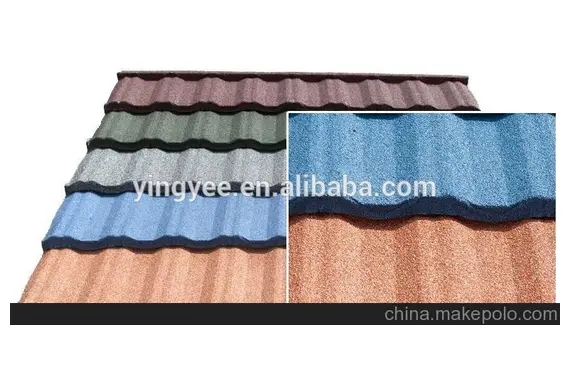
Understanding Large Span Roll Forming Machines An Overview
In the realm of modern manufacturing and construction, efficiency and precision are paramount. Among the various tools and machinery that have revolutionized these sectors, large span roll forming machines stand out due to their capabilities in producing high-quality metal profiles. This article delves into the intricacies of large span roll forming machines, their design, applications, and benefits.
What is a Large Span Roll Forming Machine?
A large span roll forming machine is a specialized piece of equipment used to shape metal into various profiles through a continuous bending process. This machine operates by feeding metal sheets through a series of rollers, each progressively bending the metal into the desired shape. The term large span refers to the machine's ability to handle wider and longer metal sheets, making it particularly useful for producing components such as roofing panels, wall cladding, and structural sections for large buildings.
Key Components of the Machine
The design of a large span roll forming machine consists of several essential components
1. Feeder System This component guides the metal sheets into the machine and ensures a steady flow of material. Precision is crucial here, as any misalignment can affect the quality of the finished product.
2. Roll Assembly At the heart of the machine lies the roll assembly, which comprises multiple rollers arranged in a specific sequence. Each roller is designed to perform a specific bending operation, enabling the gradual shaping of the metal into the desired profile.
3. Cutting System Once the metal has been formed into the required shape, it often needs to be cut to length. The cutting system can either be a flying shear, which cuts while the material is in motion, or a stationary shear, which operates after the metal has been fully formed.
4. Control System Modern large span roll forming machines are equipped with advanced control systems that allow for precise adjustments and monitoring of the forming process. This enables operators to change parameters quickly and maintain product quality.
Applications of Large Span Roll Forming Machines
Large span roll forming machines are versatile and find applications across various industries

- Construction They are widely used to produce roofing sheets, wall cladding, and structural components for buildings. The ability to form large spans makes them ideal for constructing large commercial and industrial structures.
- Automotive The automotive industry utilizes roll forming machines to create components like chassis and body parts, where lightweight yet strong materials are required.
- Infrastructure These machines are instrumental in producing profiles for bridges, highways, and other infrastructures where durability and strength are critical.
- Manufacturing In the manufacturing sector, roll forming machines are used to create thousands of parts ranging from simple to complex shapes, which can then be assembled into finished goods.
Benefits of Large Span Roll Forming Machines
1. High Efficiency The continuous nature of the roll forming process allows for high production rates, making it an ideal choice for large-scale manufacturing.
2. Quality and Precision Roll forming ensures that each piece produced adheres to strict tolerances, contributing to the overall quality of the final product.
3. Material Utilization Large span roll forming machines minimize waste through efficient material use, as the process allows for the production of long lengths of profiles from flat sheets.
4. Design Flexibility Manufacturers can quickly change the machine settings to produce different profiles, enabling them to respond to market demands and custom orders without significant downtime.
5. Cost-Effectiveness While the initial investment in a large span roll forming machine can be substantial, the long-term savings in material, labor, and energy consumption make it a cost-effective solution for many manufacturers.
Conclusion
Large span roll forming machines represent a significant advancement in the manufacturing sector, combining efficiency, precision, and versatility. Their ability to produce high-quality metal profiles rapidly makes them indispensable in various industries, from construction to automotive. As technology continues to evolve, these machines are expected to become even more sophisticated, further enhancing their capabilities and applications. Embracing this technology positions manufacturers to optimize their production processes and meet the growing demands of the market.